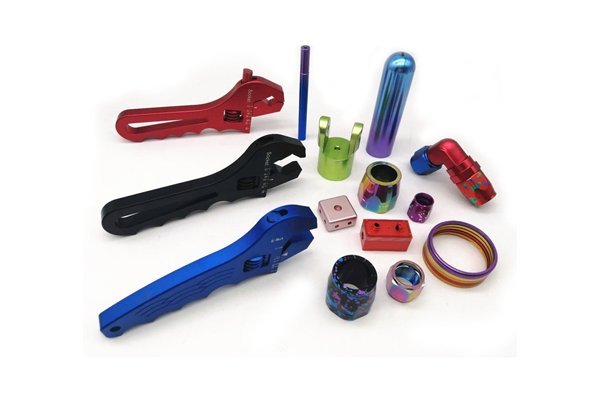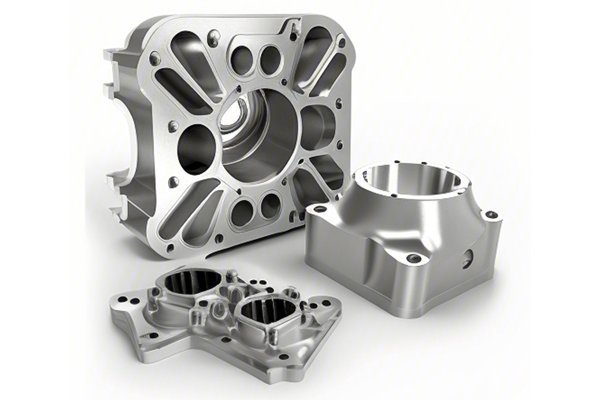*
Did you know that in the aerospace industry, the cost of a single aerospace failure can exceed millions of dollars, not to mention the impact on safety and human lives? It’s no wonder that precision is paramount in the manufacturing processes associated with aerospace components. One of the key players in achieving this precision is CNC machining. As we delve into this blog, we’ll explore how CNC prototypes can not only meet the high precision requirements of aerospace but also do so in a cost-effective manner.
Understanding CNC Machining in Aerospace
CNC, or Computer Numerical Control, machining is a manufacturing process that uses pre-programmed computer software to dictate the movement of factory tools and machinery. This allows for unprecedented accuracy and consistency in producing complex parts.
The aerospace industry requires components that are often lightweight, strong, and capable of withstanding extreme conditions. CNC machining meets these needs through the ability to work with a wide variety of materials, including high-strength aluminum alloys, titanium, and specialized plastics that are commonly used in aircraft and spacecraft applications.
The Importance of Precision in Aerospace
Precision is critically important in aerospace for several reasons:
CNC Prototyping: An Overview
CNC prototyping is the process of creating a model of a part or assembly using CNC machining techniques before the final product is produced. This allows engineers to test, validate, and iterate designs quickly, leading to enhanced product reliability.
How CNC Prototypes Meet Aerospace Precision Requirements
Balancing Cost-Effectiveness with Precision
While achieving high precision is non-negotiable in aerospace, managing costs is equally important. Here are some strategies to ensure that CNC prototyping in aerospace remains cost-effective:

Case Studies Illustrating CNC Prototyping in Aerospace
To further understand how CNC prototyping meets high precision requirements in the aerospace industry, let’s explore a couple of real-world examples:
Example 1: Boeing 787 Dreamliner
Boeing utilized CNC machining to produce the intricate components of its 787 Dreamliner. The aircraft features a composite fuselage and many machined metal parts for its systems. By using high-precision CNC prototypes, Boeing was able to iterate designs, ensuring they met stringent safety regulations while keeping production costs manageable.
The integration of precise CNC machined parts has led to a significant reduction in weight, which, in turn, enhances fuel efficiency—an essential factor in modern aviation.
Example 2: Airbus A380
Airbus employs CNC machining in multiple aspects of the A380’s production, from its complex wing structures to the engine mounts. The precision achieved through CNC methods has enabled Airbus to produce a larger aircraft while maintaining the necessary safety and performance standards. Effective use of CNC prototypes resulted in fewer errors during the production process, minimizing wastage and rework.
Challenges in CNC Prototyping for Aerospace and Solutions
Despite the many advantages that CNC prototyping offers, challenges persist. Understanding these challenges can lead to better strategies for overcoming them:
Navigating the complex landscape of aerospace manufacturing requires a fusion of precision, safety, and cost-effectiveness. CNC prototyping stands out as a crucial element in meeting the high precision requirements of this industry. The ability to produce high-quality, complex components rapidly and repeatably sets CNC machining apart from traditional manufacturing methods.
In this blog, we explored a variety of aspects related to CNC prototypes—highlighting their ability to meet precision requirements while maintaining a focus on cost management. We observed case studies showcasing successful CNC implementations, identified challenges, and strategized a way forward.
As the aerospace industry continues to evolve, embracing advanced manufacturing techniques like CNC prototyping will be key to maintaining competitive advantages. This investment not only facilitates improved efficiency and accuracy but also pushes the boundaries of what is possible in aerospace design and engineering.
Understanding the impact of precision manufacturing can reshape your approach to production in the aerospace sector, making this a conversation worth continuing. So, as you ponder your next steps in aerospace manufacturing, take the time to consider how CNC prototypes can play a pivotal role in ensuring your success.






